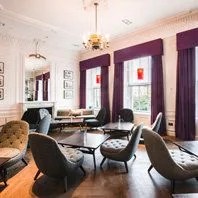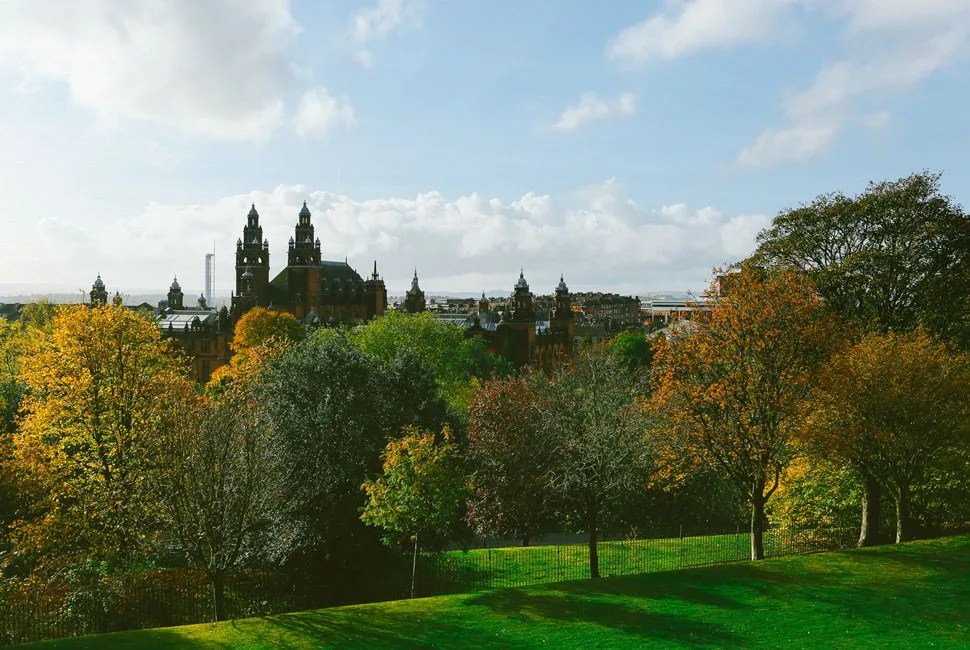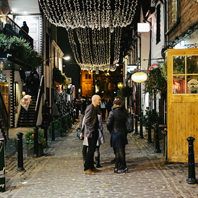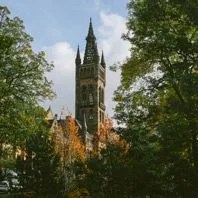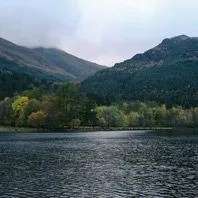The Coat of Arms of Glasgow includes two salmon bearing rings, a tree, and Saint Mungo preaching atop his pulpit. The city is just as disparate: Glass-and-steel postmodern architecture accentuates red stone Victorian hulks; wide pedestrian walkways and retail strips abound, as do small and twisty streets, posh neighborhoods and wide swathes of foliage turning with the cool of fall. City Centre is all crowded squares, lager taps and pubs; the West End is trendy, full of local fare of cozy spots to empty a glass; the East End is dingier and will, as one local told us, “shorten your lifespan”.
There’s room enough for the chaos. Glasgow is the largest city in Scotland with a population of nearly 600,000; along with its enormous suburban and small-town outliers, it’s home to 40 percent of Scotland’s entire populace. Once a major manufacturing center and the seat of important intellectual clubs during the Scottish Enlightenment, the city still holds an important place in shipbuilding, with major industry rising along the banks of the River Clyde; and there’s plenty of culture in the form of museums public and private, a thriving modern music scene, one of the most heated rivalries in sports (named “The Old Firm”, between the city’s two football teams, the Celtics and the Rangers), and several major concert venues. Perhaps more important are the people who fill those venues: dubbed “Glaswegians”, they are renowned for their gentle kindness and are. To put it shortly, they’re damn cool people. All of this goes to make Glasgow a quirky place balanced between simple pleasures and sophistication, where you can visit a 600-year-old university one moment and pound lagers at a blues bar the next. If you’re in search of a blooming Scottish urban scene, it’s here for the taking.

